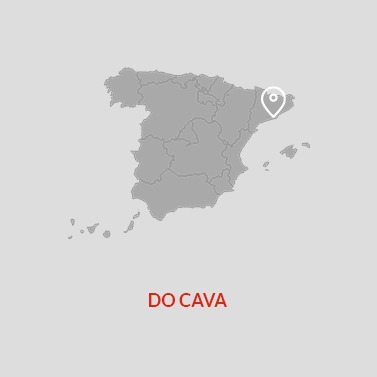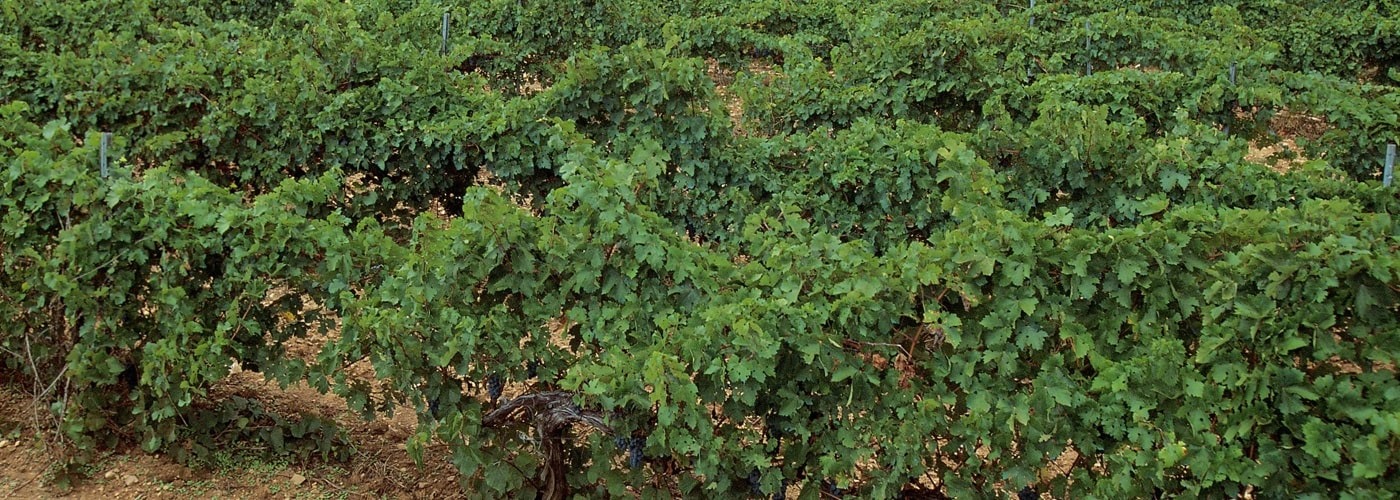1,830,922.50 hl
You are here
Cava DO


Cava, a sparkling wine which is made in exactly the same way as Champagne, has fully established its identity in markets abroad in the last thirty years. Native grapes, a warmer climate and the growing country all contribute to its distinctive character. The heartland of Cava making is the country around Sant Sadurní d'Anoia in southern Barcelona province, where specialised bodegas - or Cava houses - have been producing on a commercial scale since the end of the 19th century. Today this area makes 85% of all Cava. However, today's regulated growing area includes 160 muncipalities in seven Spanish regions.
As for Champagne, each producer makes a particular cuvée from vineyards anywhere within the demarcated zone. The Cuvée may be one of seven types of Cava, distinguished by the level of sweetness. The bodegas are highly mechanized. It was here, for example, that the mechanization of bottle-turning was invented.
Cava's name derives from the Spanish word for an underground cellar, which became the term for the production method now known simply as 'método tradicional' (traditional method), in Spanish, and is now protected, so that bottles do not necessarly have to quote the DO status. New developments include the increased planting of Chardonnay grapes, vinification in satellite bodegas built in the vineyards, and a review of regulations to introduce the quoting of the vintage year on labels of Brut and Brut Nature Cavas.
Regulatory Council
Consejo Regulador DO Cava
Avda Tarragona, 24
08720 Vilafranca del Penedès
Barcelona
Tel.: +34 938 903 104
consejo@crcava.es
www.docava.es
Sources
- Spanish Ministry of Agriculture
- Regulatory Council, Cava PDO
Today Cava is second only to Champagne in world sales of sparkling wines.


33,591 ha.
100-800 m.
Variable according to region.
Macabeo, Xarel.lo, Parellada and Subirat.
Garnacha and Monastrell.
12,000 kg/ha red and white
66.66 %
1,810,237.50 hl
1,817,160.00 hl








